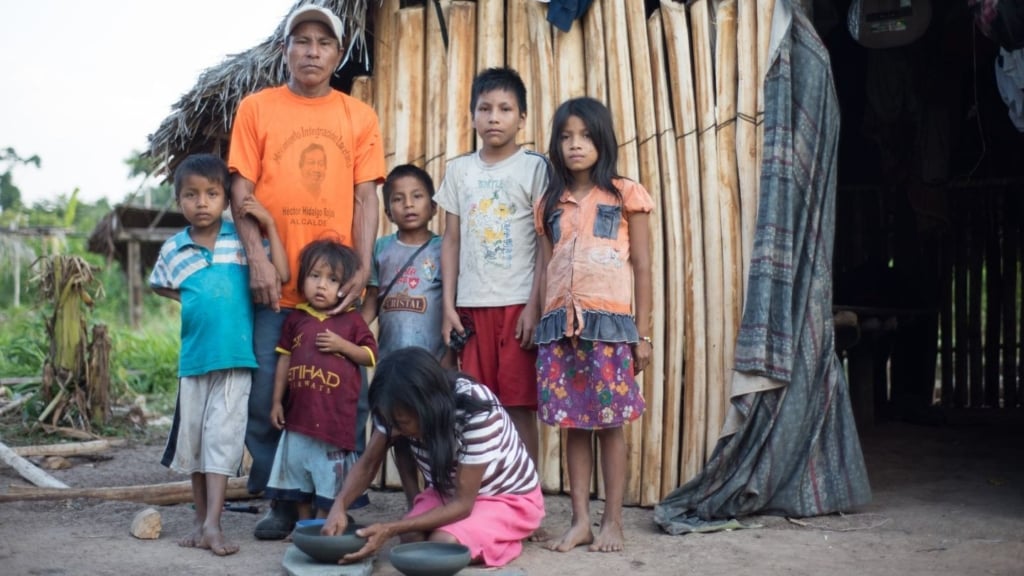The Paéz and Guambiano, like most indigenous peoples in the country, face significant pressures because of on-going violence in their region. Since the end of the civil conflict, the territory has also come under pressure from development schemes such as plantations. At the same time, armed groups and death squads have remained active in some areas. However, Paéz community members have been vocal in demanding their rights and participating in occupations of their territory, including monoculture clearance, in defense of their land rights and in the name of environmental protection. A number of activists have been killed in recent years, including at the hands of police.
A particularly serious incident occurred at the end of October 2019 and caused widespread outrage. Indigenous leader Ne’h Wesx Cristina Taquinas Bautista and four members of the Nasa Tacueyó indigenous reserve were killed and a further five community members were injured, when they were attacked by armed men belonging to the FARC dissident‘ Dagoberto Ramos’ group. The attackers had broken through a barricade that the community had set up in order to try to protect their territory. In response, President Iván Duque ordered 2,500 soldiers to Cauca, despite the express wish of the community that all armed groups should be removed, including the military.
Cauca remains one of the deadliest regions for Colombia’s indigenous leaders. By the end of 2019, according to the Regional Indigenous Council of Cauca (CRIC), there had been at least seven massacres, 127 targeted killings, 32 assassination attempts and hundreds of cases of serious threats against indigenous activists in Cauca alone. Nevertheless, the region is a centre of a remarkable non-violent indigenous resistance movement, the Indigenous Guards, numbering 13,000 active members in Cauca and 60,000 across the country. Tactics include calling upon hundreds of community members of all ages to swarm around armed groups and seizing their weapons.

